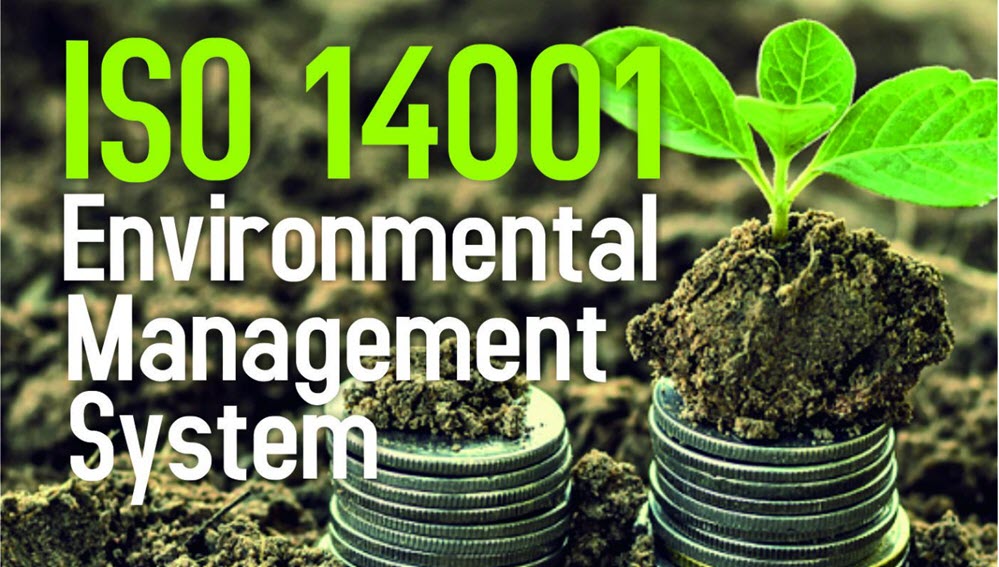EQMS Blog

How To Implement A Supply Chain Audit Program?
What is a Supply Chain?
For an organisation the supply chain serves as its backbone and has a major influence on its business strategy where the operations as well as operational costs are directly affected by it. The supply chain’s performance has a huge impact on the organisation capacity for offering effective customer services. Some of the essential tools to ensure continuity and reliability in the supply chain, includes use of standard and systematic supplier audits.
The supply chain should never be considered as a separate or remote aspect of our entity, as it is an essential part of your business it will provide optimum results for the audit program.
Supply Chain Audit Program
A supply chain audit program offers many benefits to an organisation. It provides visibility of supplier performance to management and procurement, which enables them to take informed decisions based on data. A supply chain audit is also an efficient tool to drive continual improvement of your suppliers.
There are different approaches to developing a supply chain audit program. It can be based on a particular product and the supplier’s capability to manufacture it. However, it could also be to ensure contractual agreements are met and the services or products they provide meet legal requirements.
Supplier audits need to be tailored to an organisation’s needs to benefit the most and add most value for the resources used.
Implementation of a Supply Chain Audit Program
Step 1
In the implementation process, the first step is to gather every document and piece of information which has been exchanged between the business entity and the supplier like delivery terms, contracts, work guidelines and objections. These documents should be collected in advance, so that they can be used as part of the audits. For example, if contractual agreements are used as part of the audit criteria.
Step 2
Subsequently, as a second step of a supply chain audit, we have to develop a proper checklist, as it can become quite handy during the evaluation of a supplier. At this stage, some key features which are supposed to be in a supply chain audit program, should be standardised and reviewed. These elements can include evaluation of the supplier’s storage capacity, conditions of their production and cleanliness, systems used for planning and managing operations, internal and external communication, controls to ensure information security and many others.
Furthermore, a must-have element of the checklist should be the inclusion of Quality Management as outlined within the ISO 9001 standard. At this stage, it has to be decided how the approach on quality management can be evaluated during the supply chain audit. In regards to auditing quality management at a supplier, there are a range of elements that should be considered. A few examples of this could be calibration and maintenance of equipment, solving issues raised within operations and ensure defective parts are contained and not send to a customer.
Step 3
In addition to that, audit execution will be our third step in conducting a supply chain audit. This step will be completed with the help of the checklist created during step 2. The checklist should only be considered as a guide during the audit and can be deviated from when a finding leads you down an audit trail. A report should be generated based on what was audited and any findings raised.
Step 04
The last and concluding step is following up after the completion of the audit. This is to ensure findings raised are closed off and validate their effectiveness. Once all these steps are completed by an organisation, then it is all set for the next supplier audit.
If you are considering implementing a supplier audit program within your organisation, feel free to contact us to discuss how we are able to support with an effective implementation and/or carrying out your supplier audits.
Continue to Outsourced Supplier Audits
Request a free consultation
Contact us to discuss your needs and see how we can support to reach your goal.

Recent posts

In today's digital age, businesses are constantly exposed to various cyber threats. As a result, companies must adopt a proactive approach to cybersecurity to prevent data breaches, theft, and other...

Quality management systems are essential in ensuring that organisations can deliver quality products and services consistently. The International Organisation for Standardization (ISO) developed the ISO 9001 standard to help organisations...

ISO 14001 is a globally recognised standard for environmental management systems (EMS) that helps organisations manage their environmental impact and improve their sustainability performance. Obtaining this certification demonstrates a company's...
Just a Few of Our Clients
Request a Free Consultation
Contact us to discuss your needs and see how we can support to reach your goal.












